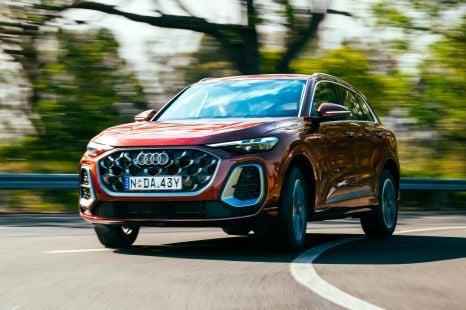

James Wong
2026 Audi Q5 review: Quick drive
6 Days Ago

Managing Editor
The senior chassis engineer in charge of developing the ride and handling packages for Mazda’s new medium and large SUVs says the upgraded CX-60now meets the Japanese brand’s dynamic targets, but admits there’s still room for improvement via future product updates.
When the mid-size CX-60 arrived in Australia in 2023 as the first of four all-new Large Platform Group models – the others being the subsequent CX-90, CX-70 and CX-80 large SUVs – its ride quality was met with widespread criticism.
Mazda Australia then released a fix in March last year, when existing CX-60 customers were given the option of having revised rear shock absorbers retro-fitted by dealerships free of charge.
Hundreds of new car deals are available through CarExpert right now. Get the experts on your side and score a great deal. Browse now.
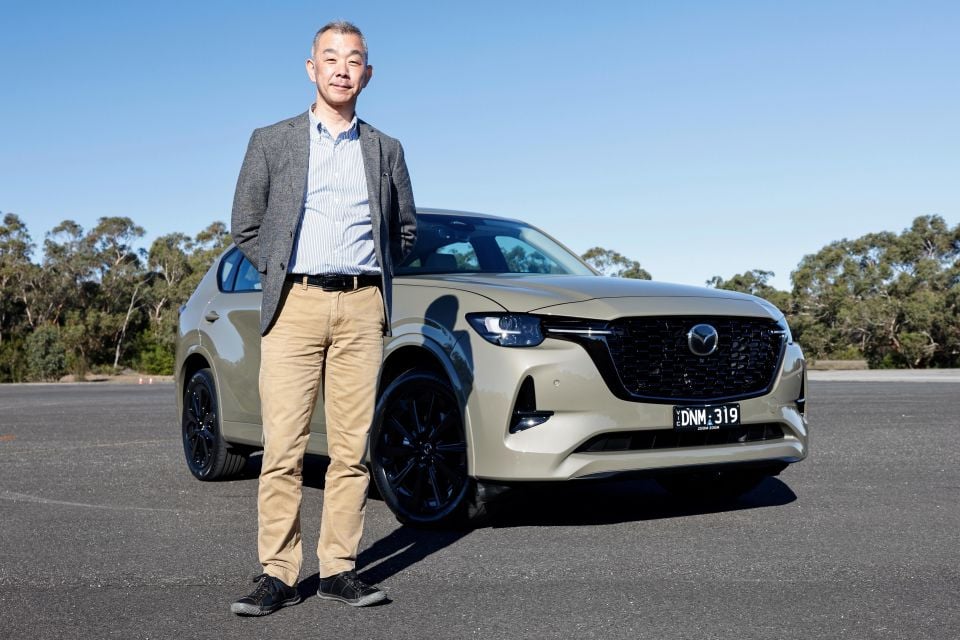
But complaints of overly firm ride quality persisted from both customers and the media alike, and now Mazda has applied softer rear springs and increased rear rebound damping, and added more front compression damping as part of a 2025 upgrade for the CX-60.
Speaking at the launch of updated SUV, the manager of chassis dynamics in Mazda’s vehicle development division, Toshiaki Aoki, said he was confident the company had met customer expectations with its latest CX-60 suspension upgrade.
However, he conceded Mazda has left some advances on the table for future product enhancement.
When asked whether this update will finally resolve the suspension issues with the CX-60, or if Mazda will be forced to make more changes to its vital mid-size SUV, Aoki-san said: “Well, as far as the values we want to provide to our customers, I think we have secured and made sure that those values are provided today.
“But when it comes to our ideal vision, actually it’s higher than the current level. So we will keep improving to get there to that vision.
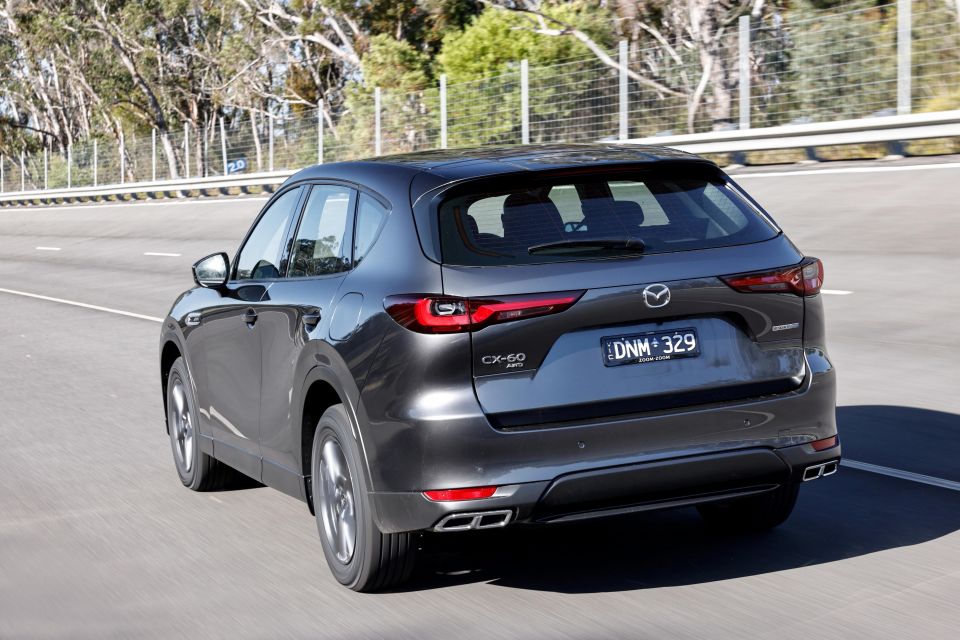
“So we are going to make a proposal to make further improvement, and maybe we get further feedback so that we can really get to that ideal vision, so we continue that,” said Aoki-san, who prior to March 2023 was directly in charge of chassis dynamics and ride comfort for all of the company’s seventh-generation Large Platform vehicles.
Asked whether Large Platform models including the CX-60 could be equipped with adaptive damping in future, he said: “Honestly, I’m sorry but it actually relates to our future product plans. So I’m not allowed to talk about [it].”
Aoki-san said he was surprised by the number of comments related to the CX-60’s ride quality, but not by the fact feedback was received.
“Well, if I say I would be surprised that such feedback it’s not maybe appropriate, but I was surprised at receiving so many comments. That’s the fact,” he said, adding that it was natural for the inaugural Large Platform model to receive the most feedback, which then benefitted the development of subsequent models.
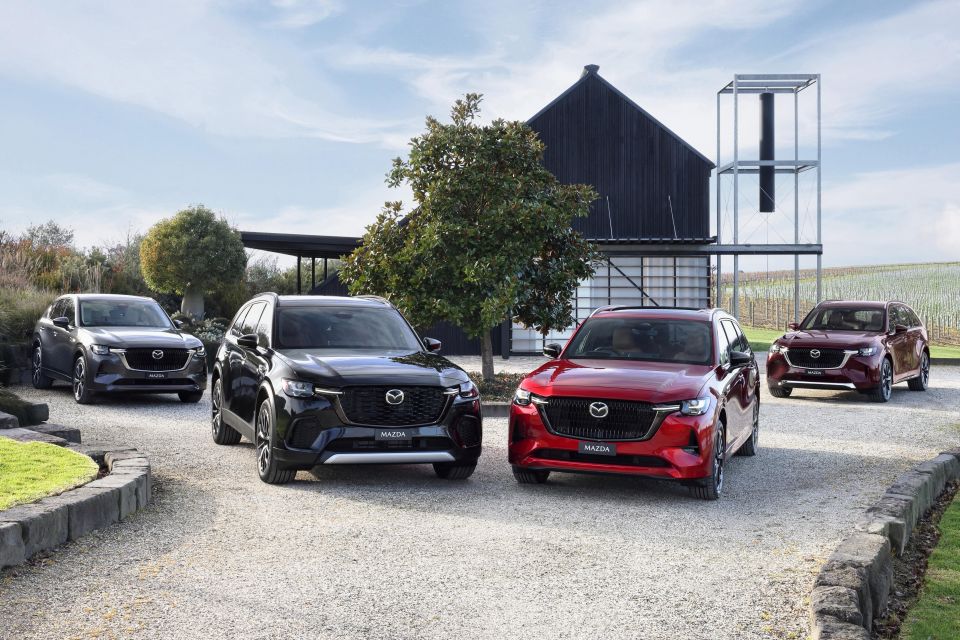
“The order of introduction of those models… first [CX-] 60, next 90, and then after that 70 and followed by 80. So in that sense, the first model 60 got a biggest number of comments,” said Aoki-san.
“We have this bundle of planning deployed across all those Large Product models.
“So the feedback we received for the initial model, or other models for the large platform, are actually reflected for the rest of the large products as quickly as possible, so that we can improve those other models as early as possible.”
Aoki-san also outlined the chassis tuning differences between the CX-60 and the CX-80, which is essentially a longer-wheelbase, seven-seat version of the former, as well as the CX-70 five-seater and CX-90 seven-seater, which are longer, wider, taller and therefore heavier, and share the CX-80’s longer wheelbase.
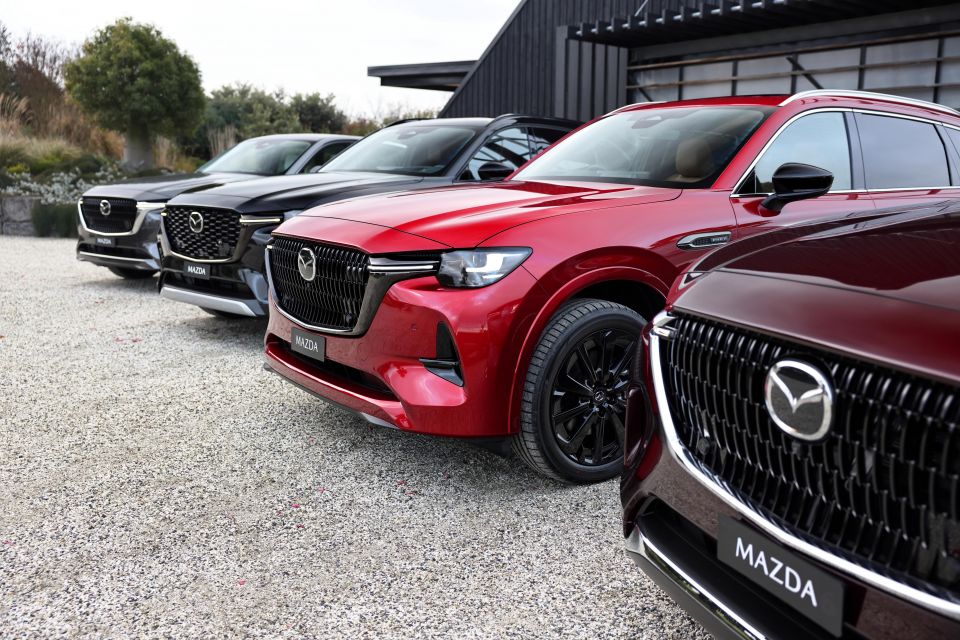
“It’s kind of difficult to explain. But depending on regions, there are regions which use a summer tyre, and also the regions where they use all-season tyres, and also markets where people drive at high speeds, or markets where they drive at just low speeds,” he said.
“So looking at those differences, we make a tuning.
“So in Australia, we have the CX-60, CX-70, CX-80 and CX-90. There’s one suspension tune for each of those models with the summer tyres we get in Australia, so we reacted to that.
“When it comes to Australian market, 70 and 90 are kind of similar. So you can understand that tuning for markets is similar between those two models.
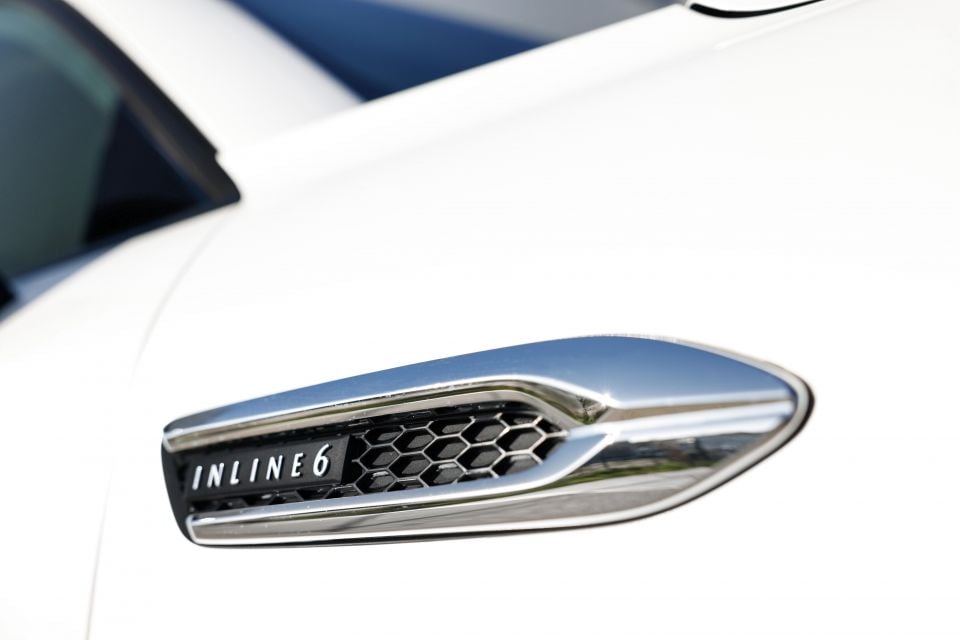
“And when it comes to 60 and 80, they’re different from 70 and 90, so they get the different tuning for 60 and 80. So that’s the difference. 70 and 90 similar to same tuning, 60 and 80 the same tuning.
“[Apart from their] longer wheelbase, we can see 70 and 90 that tread [track] is actually wider. On top of that, 70 and 90 are actually the same in terms of dimensions so that’s the reason why we can make a different tuning for such a grouping as I explained.”
Aoki-san acknowledged the importance of Australian chassis tuning, which goes beyond tuning multimedia and advanced driver assistance system (ADAS) functions to localise steering and suspension setups – something only a handful of automakers including Ford, Kia and now GWM conduct following the end of local car manufacturing in 2017.
But while he insisted that Australian road conditions are considered in the development of new models, he conceded that Mazda does not conduct local chassis testing Down Under nor tune any of its vehicles specifically for Australia.

“Well, sure, if saying that we actually tuned to match the Australian market, it might be not necessarily appropriate, but there are road conditions that are really typical or unique to Australian markets, so we made sure that we tune in line with that area also,” said Aoki-san.
“We must sell our vehicles globally. So rather than specifically saying that we can do this in line with Australia, we just are taking the conditions of Australian market, and then make sure that those conditions requirements are reflected in our development.
“So we actually comprehensively look at those conditions, the requirements of the market, and make sure that they are really incorporated in development.
“Even if we say Australia, it doesn’t really necessarily mean that there’s just one condition out there. There are so many different conditions in the Australia market alone. So, you know, rather than just focusing on one thing, we try to really cover the whole variety of situations as much as possible.”
MORE: Everything Mazda CX-60 • CX-70 • CX-80 • CX-90
Where expert car reviews meet expert car buying – CarExpert gives you trusted advice, personalised service and real savings on your next new car.


James Wong
6 Days Ago


James Wong
5 Days Ago
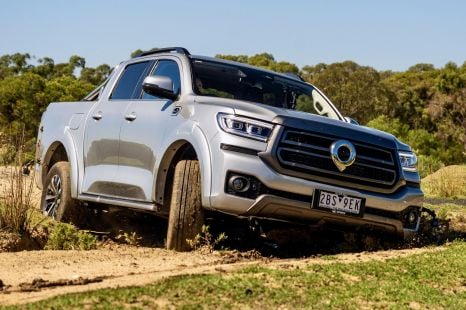

Max Davies
4 Days Ago
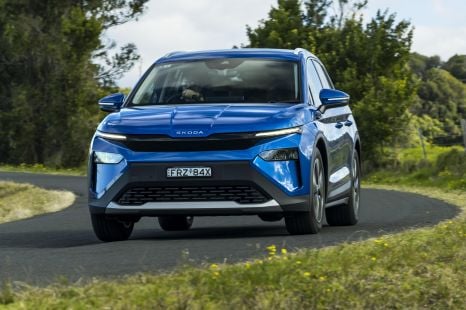

Josh Nevett
2 Days Ago
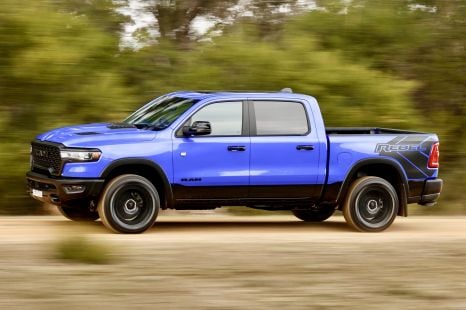

Max Davies
2 Days Ago
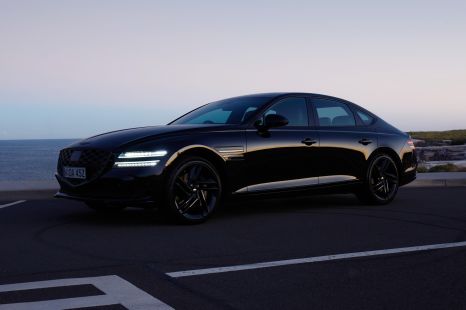

William Stopford
1 Day Ago